Imagine strolling through a lush garden, your fingers brushing against a delicate fern — and suddenly, as if you’ve startled a shy animal, the plant folds up its leaves and droops, looking utterly lifeless. It’s not a trick of the light or your imagination. This is the Mimosa pudica, the “sensitive plant,” a living paradox that blurs the line between drama and genius in the plant kingdom. Is it merely showing off, or is it pulling off an ancient survival masterstroke? Let’s dive into the mesmerizing world of this extraordinary plant and discover what really makes it tick.
A First Encounter: The Touch-Me-Not’s Surprising Act
If you’ve ever touched a Mimosa pudica, you know the thrill of its instantaneous reaction — leaves snap shut, stems droop, and the plant appears to faint right before your eyes. For many, the first time feels almost magical, like discovering a secret code in nature. Children and adults alike are left wide-eyed, wondering: how does a plant “know” it’s been touched? This physical response is so swift and dramatic that it almost seems like the plant has a mind of its own, blurring the boundary between plant and animal behavior. The experience is unforgettable, and it sparks curiosity and wonder in everyone who witnesses it.
Meet Mimosa Pudica: The Sensitive Plant’s True Identity

Mimosa pudica is more than just a garden oddity; it’s a small, perennial herb belonging to the pea family, Fabaceae. Native to South and Central America, it now grows wild in tropical regions across the world. Its feathery, fern-like leaves and tiny pink puffball flowers might seem unremarkable at first glance, but its ability to “play dead” sets it apart from nearly every other plant. Despite its delicate appearance, Mimosa pudica is a tough survivor, thriving in poor soils and even tolerating frequent disturbances. This combination of vulnerability and resilience makes it a true enigma.
The Science of Shyness: How Does It Move?
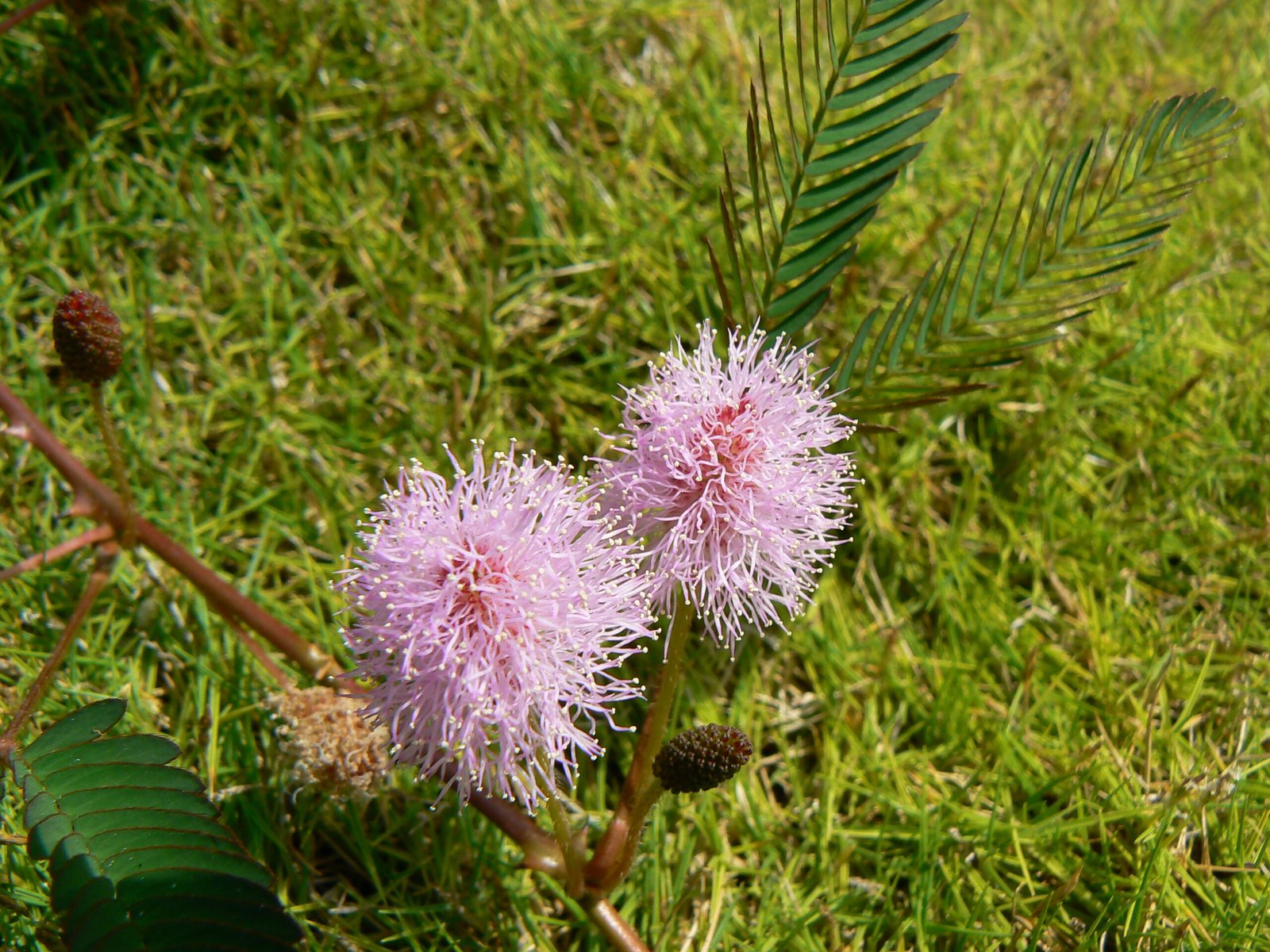
Unlike animals, plants don’t have muscles or nerves, so how does Mimosa pudica pull off its dramatic act? The secret lies in specialized cells called pulvini, located at the base of each leaflet and leaf stalk. When touched, these cells rapidly lose water, causing the leaves to fold and the stem to droop. This movement, called thigmonasty, doesn’t require conscious thought — it’s a purely physical reaction triggered by changes in pressure and electrical signals within the plant. It’s a marvel of natural engineering, turning simple chemistry into motion in a matter of seconds.
Evolution’s Clever Trick: Why Play Dead?
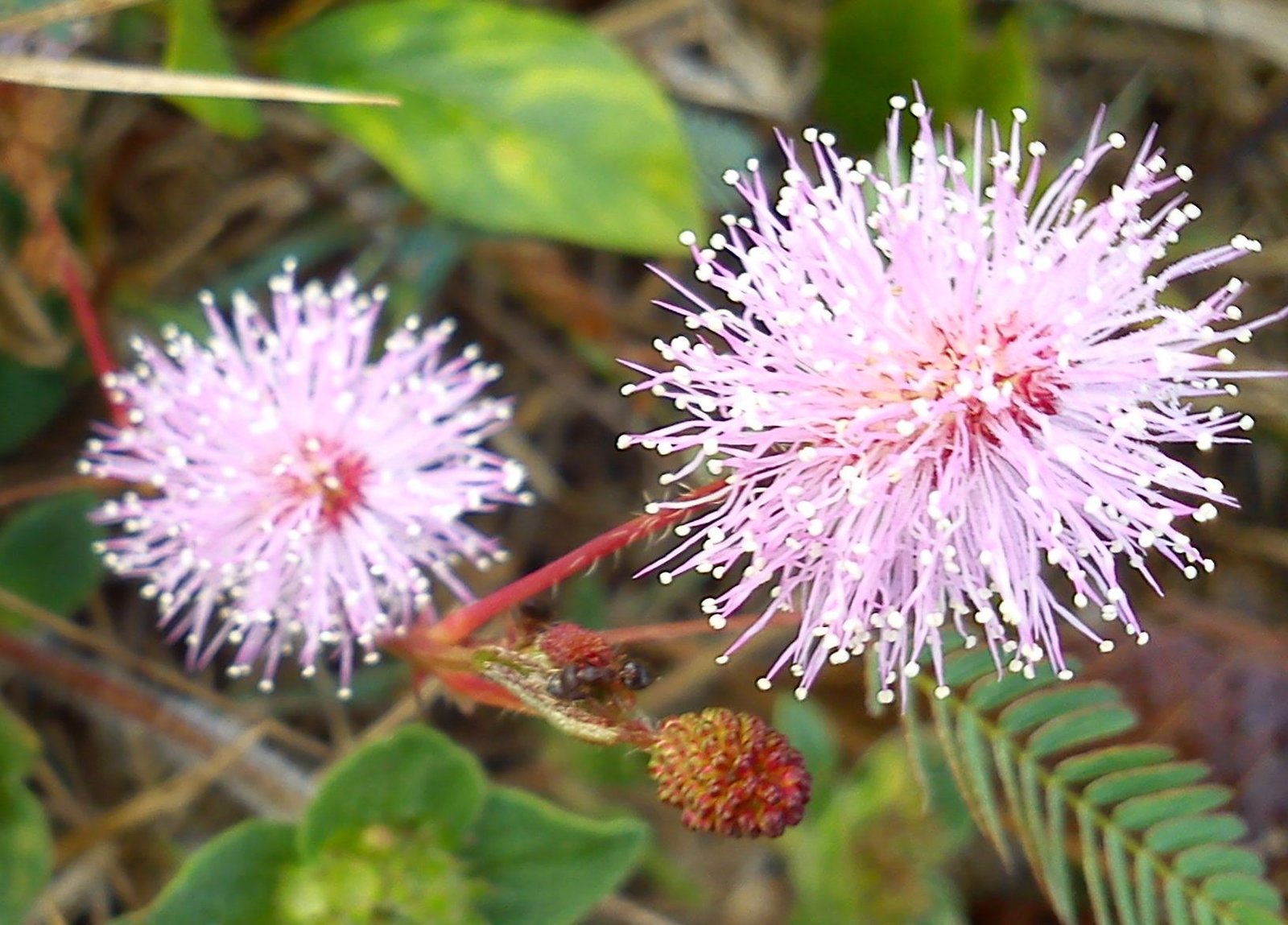
At first glance, Mimosa pudica’s theatrics might seem like pure drama, but there’s a cunning evolutionary logic behind it. By collapsing its leaves, the plant becomes less appealing to grazing animals, who might be startled or confused by the sudden movement. Some researchers suggest that this quick response mimics wilting or dying, signaling to herbivores that the plant isn’t worth eating. In environments full of hungry insects and mammals, playing dead can mean the difference between survival and becoming lunch.
Not Alone: Other Plants with Strange Defenses
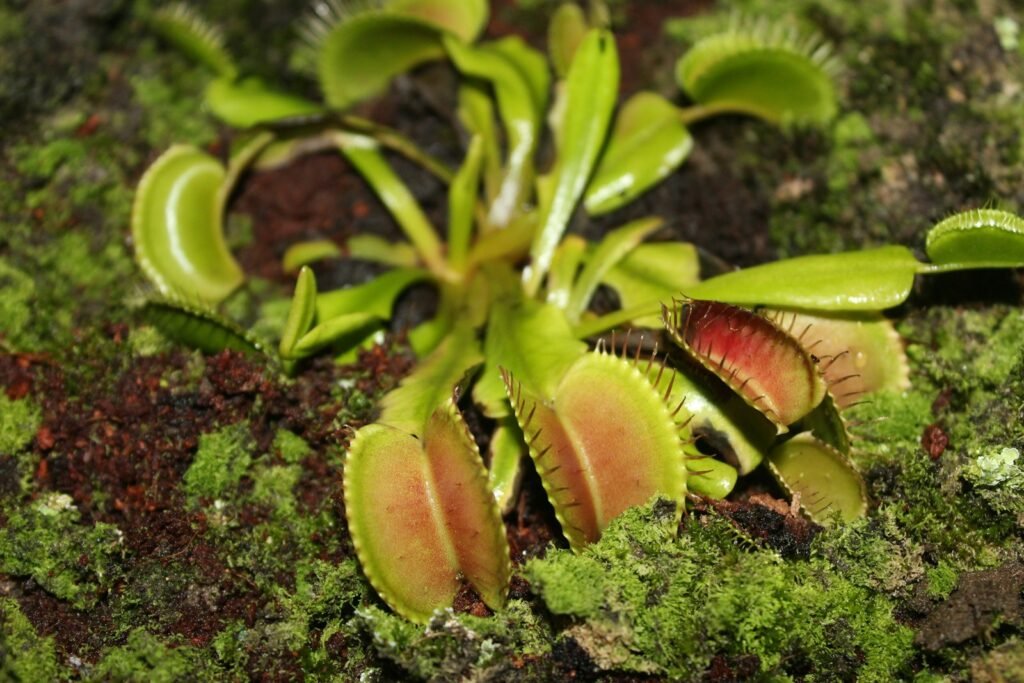
Mimosa pudica isn’t the only plant with a dramatic defense. Plants like the Venus flytrap snap shut on unsuspecting insects, while the sundew uses sticky tentacles to trap its prey. Even some grasses curl up in dry weather to conserve water. What makes Mimosa pudica unique is the sheer speed and visibility of its movement. It’s a botanical performer, turning a simple defense mechanism into a spectacle that fascinates and confounds even seasoned botanists.
Inside the Leaf: The Role of Pulvinus Cells

The pulvinus is the unsung hero in this drama, acting like a tiny hydraulic pump. When a leaf is touched, ions rush out of the pulvinus cells, drawing water with them. This rapid loss of pressure causes the cells to shrink, and the leaf collapses. In just a few minutes, the cells refill with water, and the leaf returns to normal. It’s a bit like letting air out of a balloon and then pumping it up again — simple in principle, but incredibly effective in practice.
Electricity in the Garden: Plant Action Potentials
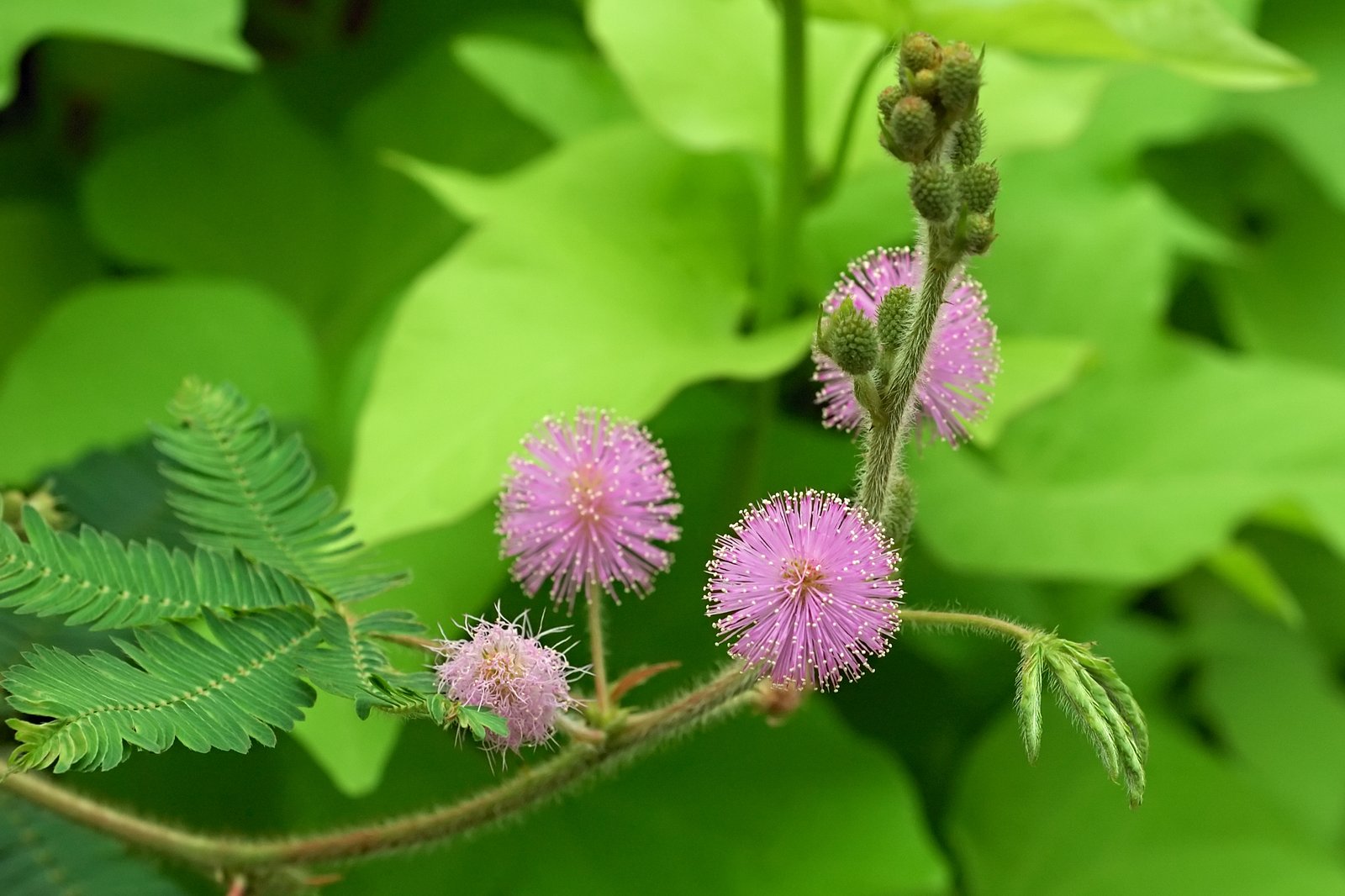
It might sound like science fiction, but Mimosa pudica uses tiny electrical signals — called action potentials — to transmit the touch stimulus from leaf to leaf. These signals are similar to the ones in your own nervous system, though much slower and simpler. When you touch the plant, the electrical impulse zips along its stem, triggering the pulvinus cells in sequence. This plant “nervous system” might not rival that of animals, but it’s a remarkable example of convergent evolution, solving the same problem in a completely different way.
Speed Matters: Timing the Mimosa’s Response
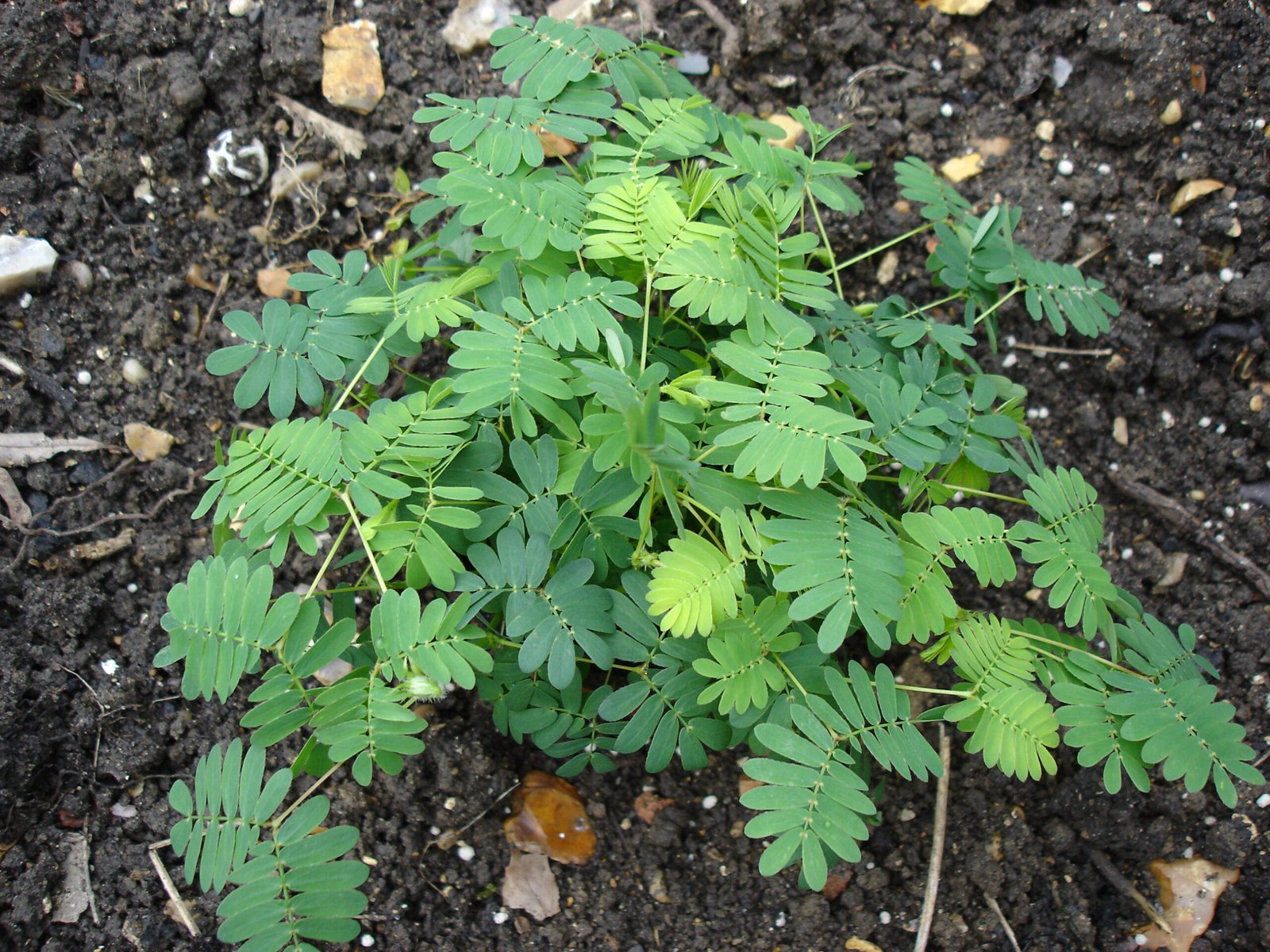
The sensitive plant’s response is incredibly fast by botanical standards — usually less than a second from touch to full closure. Researchers have clocked the movement at about half a second for the first leaflet, with the rest following in a rapid cascade. After the drama, the leaves stay closed for several minutes before reopening. This rapid movement is not just for show; it ensures that any would-be predator is met with an immediate deterrent, increasing the plant’s chances of survival.
Stress and Memory: Can Plants Learn?
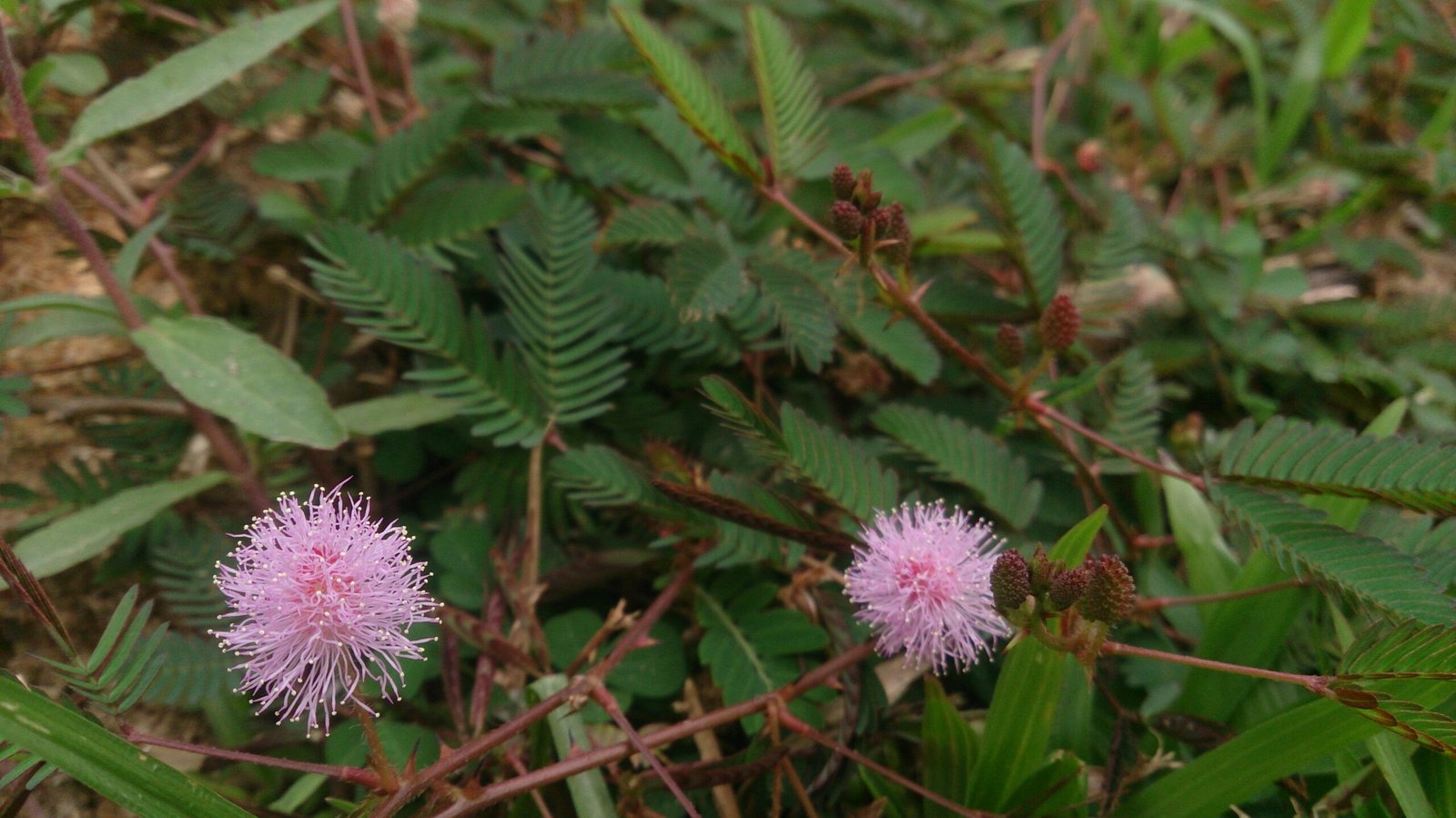
One of the most intriguing discoveries about Mimosa pudica is its ability to “habituate” — to learn not to respond to harmless, repeated touches. If you gently tap the leaves over and over, the plant eventually stops closing, conserving its energy. This behavior suggests a primitive form of memory, challenging our assumptions about plant intelligence. While Mimosa pudica won’t be solving puzzles or writing poetry anytime soon, its capacity for learning is both humbling and awe-inspiring.
From Garden to Laboratory: A Model for Research
Mimosa pudica’s dramatic movements have made it a favorite subject for scientists and educators alike. In classrooms, it’s a living demonstration of plant behavior, sparking curiosity and excitement in students. In laboratories, researchers study its electrical signals, hydraulic mechanics, and memory-like responses to uncover the secrets of plant communication. The sensitive plant is more than a curiosity; it’s a window into the hidden lives of plants and the complexity of life itself.
Medicinal Marvels: Healing Powers of Mimosa Pudica
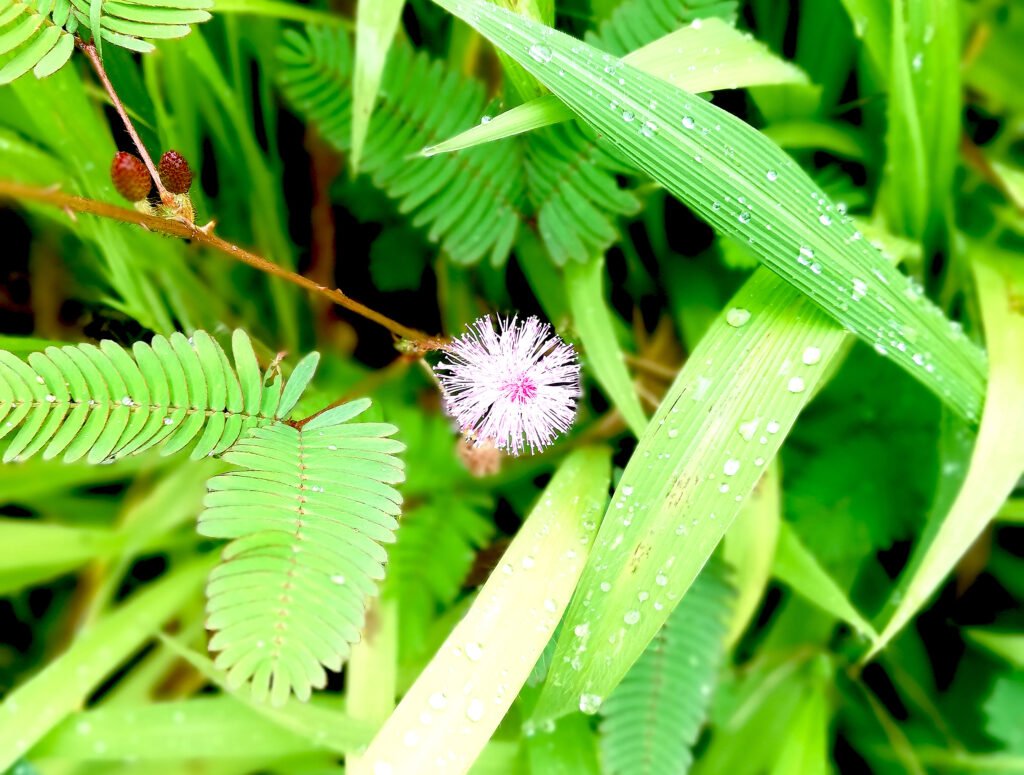
Beyond its showmanship, Mimosa pudica has been used in traditional medicine for centuries. Its roots, leaves, and seeds are believed to have antibacterial, antifungal, and even anti-inflammatory properties. Herbalists in various cultures use extracts to treat wounds, stomach ailments, and insomnia. While many of these claims await rigorous scientific testing, the plant’s potential as a natural remedy adds another layer to its fascinating story.
Cultural Icons: Symbolism and Folklore
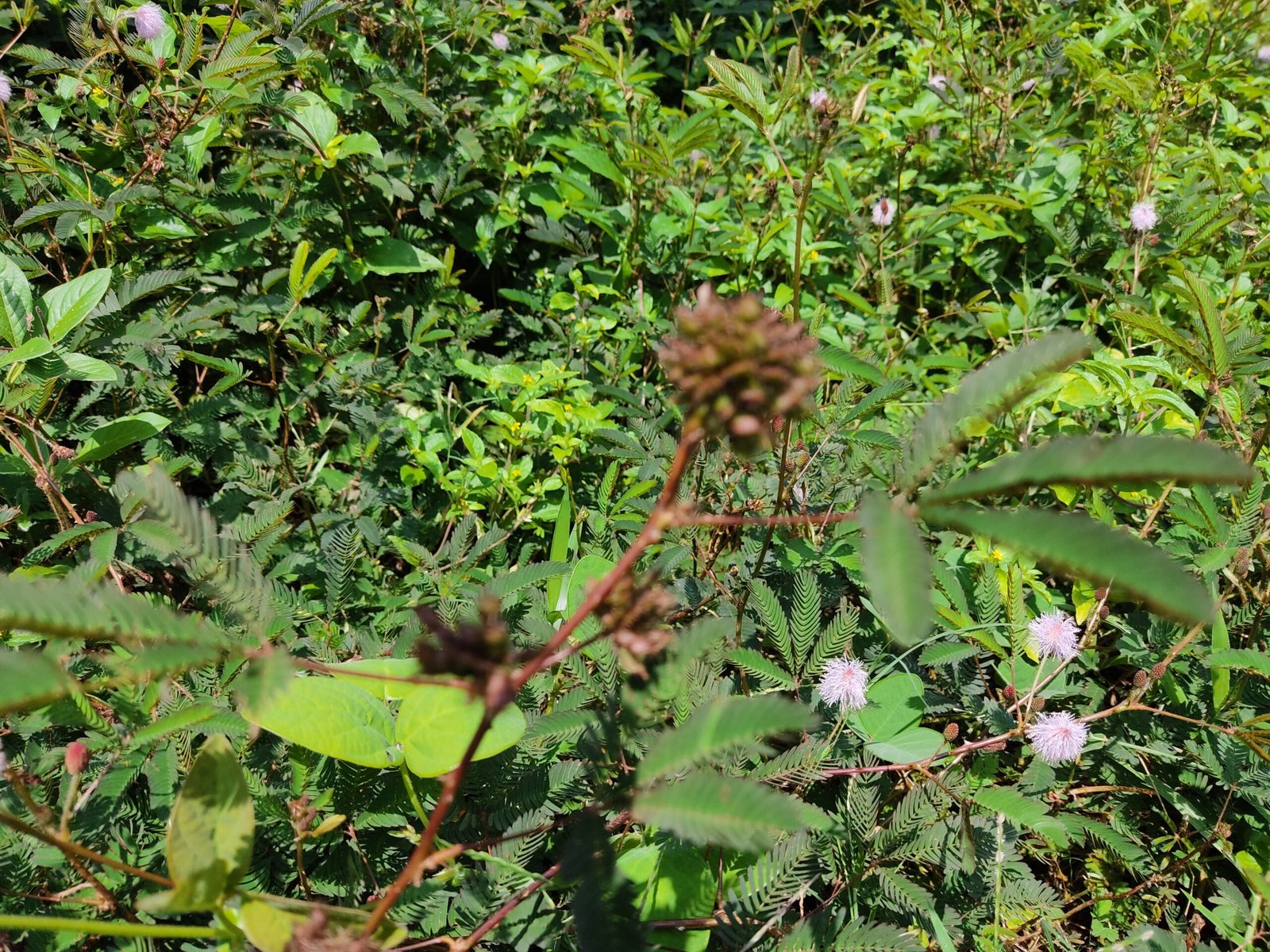
Across the world, Mimosa pudica is woven into folklore and symbolism. In India, it’s called “Lajwanti,” meaning shy or modest, a nod to its bashful movement. In the language of flowers, it represents sensitivity and timidity, while some cultures see it as a symbol of protection and resilience. These stories remind us that humans have long been captivated by the plant’s mysterious behavior, finding meaning and inspiration in its simple gestures.
Growing Your Own: Tips for Cultivating Mimosa Pudica

If you’re tempted to add a little drama to your garden, Mimosa pudica is surprisingly easy to grow. It thrives in warm, sunny spots with well-draining soil and regular watering. The plant is sensitive to cold, so it’s best suited for indoor pots in cooler climates. Watching it respond to your touch becomes an endless source of fascination, turning even the most skeptical friends into plant lovers. Just remember: too much poking can stress the plant, so treat it kindly!
Wild Survivors: Life in the Natural World
In the wild, Mimosa pudica faces a gauntlet of challenges — grazing animals, harsh weather, and competition for resources. Its touch-sensitive defense helps it avoid becoming a meal, while its ability to thrive in poor soils makes it a pioneer in disturbed landscapes. Sometimes it’s even considered a weed, popping up in places where other plants can’t survive. Yet, its resilience and adaptability show that there’s more to this “drama queen” than meets the eye.
Drama or Genius: The Debate Continues
Is Mimosa pudica simply putting on a show, or is its response a stroke of evolutionary genius? Many scientists argue that the plant’s theatrics are a highly effective defense, honed by millions of years of natural selection. Others point out that the energy cost of repeated movements means the plant only “performs” when necessary. Either way, its behavior challenges our ideas about intelligence and adaptation in the plant world, fueling debates in classrooms and botanical gardens alike.
Human Fascination: Art, Literature, and Beyond
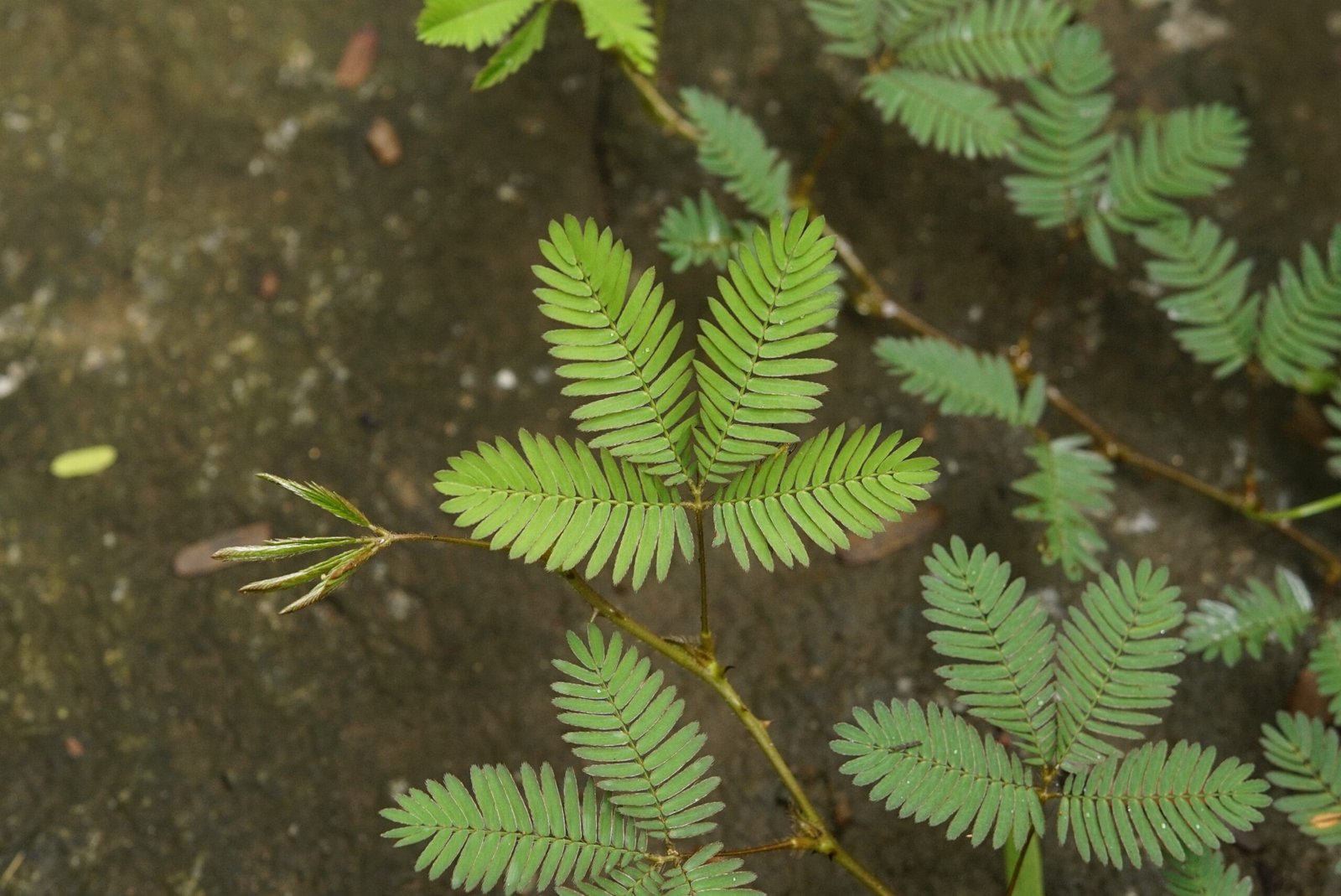
Mimosa pudica’s unique behavior has inspired countless artists, writers, and musicians. Its image appears in paintings, poems, and even pop songs, often as a metaphor for vulnerability or emotional sensitivity. The plant’s ability to “feel” and react bridges the gap between the green world and our own emotional experiences. It reminds us that even the quietest corners of nature are full of stories worth telling.
Environmental Implications: Adapting to Change
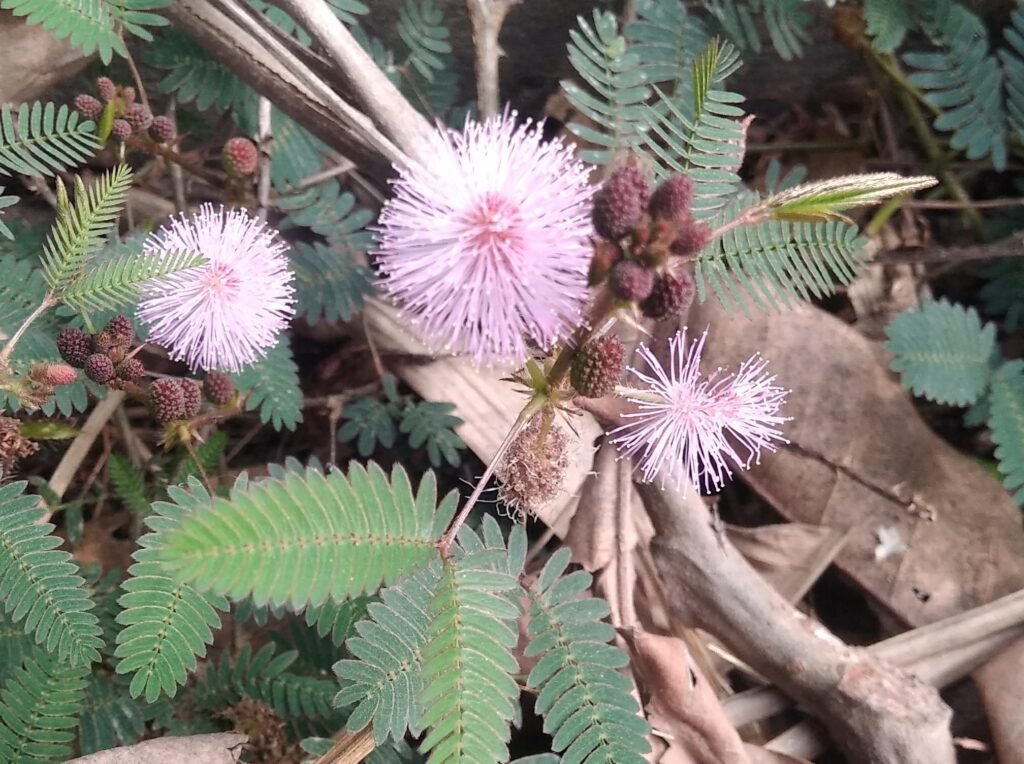
As climates shift and habitats change, Mimosa pudica’s resilience offers lessons for the future. Its ability to survive in disturbed environments and deter predators could help it persist in a changing world. Scientists are studying how plants like Mimosa pudica adapt to stress, hoping to unlock secrets that could aid agriculture or conservation. The sensitive plant’s story is one of hope and adaptation, a testament to the ingenuity of life on Earth.
Lessons from the Sensitive Plant: Rethinking Plant Intelligence
Watching Mimosa pudica react to touch forces us to reconsider what we know about plants. Is intelligence just for animals, or do plants possess their own form of awareness? The sensitive plant blurs these boundaries, showing that life can surprise us in ways we never expected. Its behavior invites us to look closer, question assumptions, and marvel at nature’s endless creativity.
A Call to Wonder: Staying Curious About the Natural World
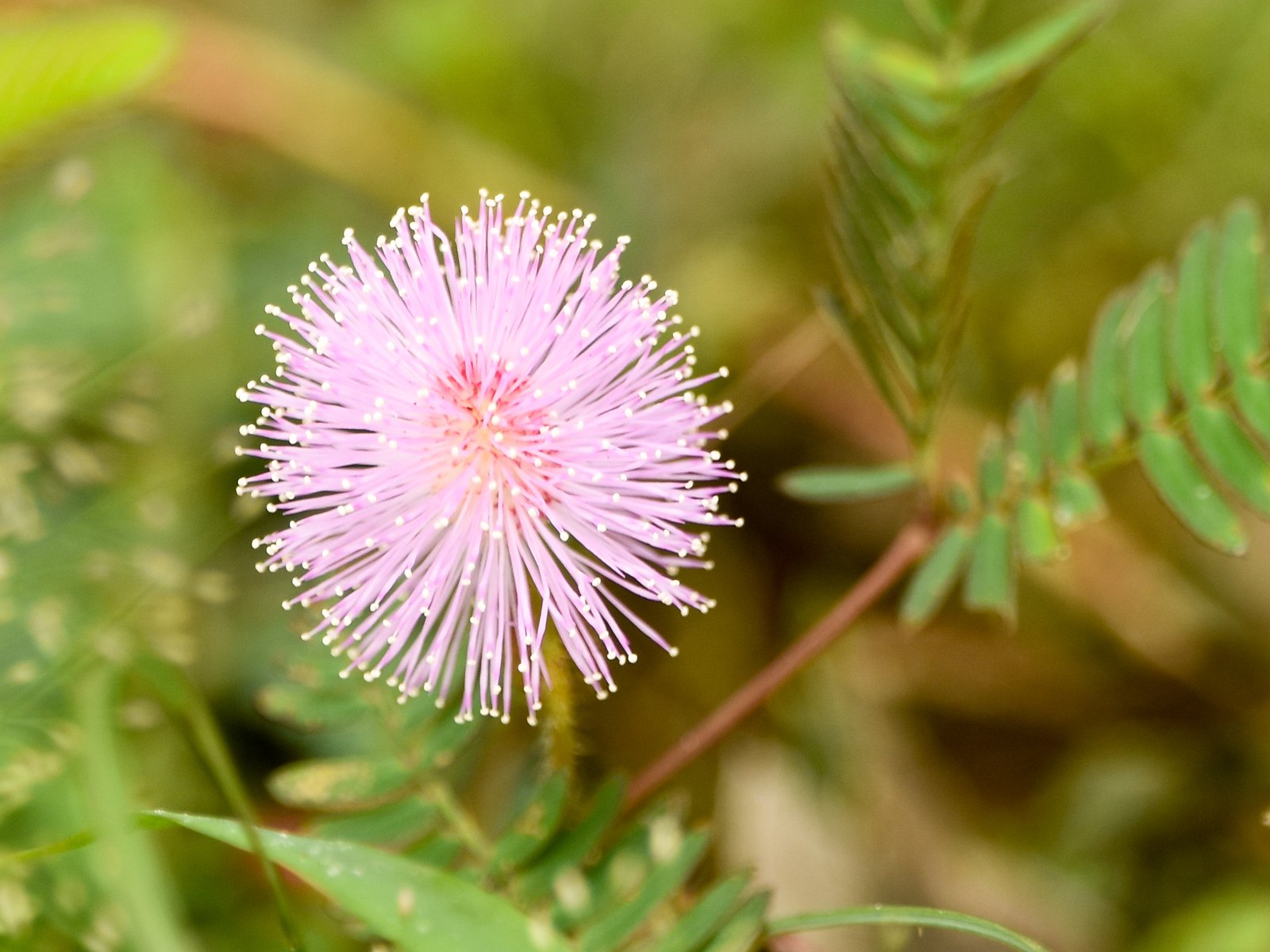
Every encounter with Mimosa pudica is a gentle reminder to stay curious. In a world that often seems predictable, this little plant offers daily doses of surprise and delight. Whether you see it as a drama queen or a survival genius, its story is an invitation to look for the extraordinary in the ordinary. Next time you touch a leaf and watch it fold away, ask yourself: what other secrets does the natural world hold, just waiting for us to notice?




